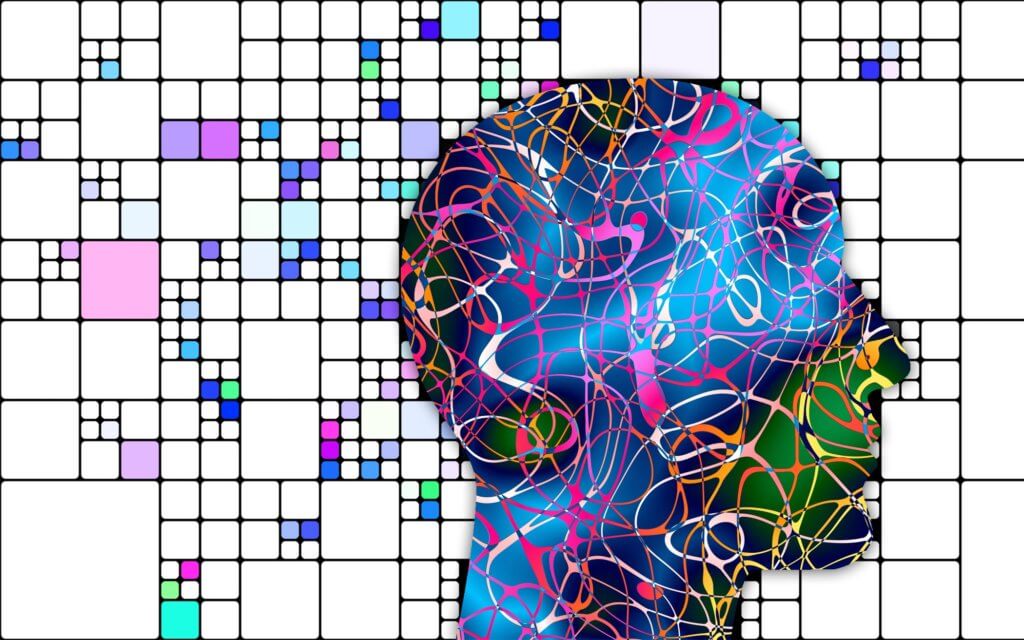
Cluttering is one of the main speech disorders we treat here at Speech IRL. This communication challenge is also one of the most overlooked. Below, we've provided some information and treatment recommendations for those who clutter.
The “other” fluency disorder
One of the most famous fluency disorders is stuttering. A "fluency disorder" is best described as a disorder which impacts the flow and rate of speech. Cluttering is also a fluency disorder and it affects how a person's speech is perceived by listeners.
What is cluttering?
A 2011 study by St. Louis and Schulte define cluttering as a perceived rapid and/or irregular speech rate, which results in breakdowns in speech clarity and/or fluency.
Symptoms
It’s rare that someone will come into speech therapy knowing that they clutter. Instead, they often report that others have a hard time understanding them. They might say, “I talk really fast” or “My brain is going faster than my mouth.” Some even may have a limited awareness of their own speech patterns. People who clutter speak at a rate that is too fast for their system to handle. A person who clutters may also exhibit difficulties with language, pragmatics, cognition, and motor coordination.
Symptoms of cluttering include:
- Rapid rate
- Deletion of syllables
- Collapsing of syllables
- Omission of word endings
- Disfluencies
- Unusual prosody due to unexpected pauses
Treatments
Like therapy for other disorders, speech therapy for cluttering is most effective when it is personalized to the person seeking out treatment, so it is always best to consult with a speech-language pathologist if you have concerns regarding cluttering. Below are some strategies and techniques that may be helpful and pursued during speech therapy.
Techniques to slow rate including overall slowing3, delayed auditory feedback (DAF)2, use of a metronome2, prolonging vowels2, using prosodic variations2, and pausing and phrasing.3
- Over articulated speech especially on multi-syllabic words
- Increase awareness of communication breakdowns
- Maintenance of a steady volume
- Increase self-regulation of rate through the use of recording
Cluttering versus Stuttering
Although these are both fluency disorders, there are key differences.
Stuttering
- SLD’s (prolongations, repetitions, blocks)
- Struggle-filled blocks
- Speech may contain secondary behaviors
- Increased awareness
Cluttering
- Typical disfluencies (revisions, interjections)
- Little to no physical struggle
- Little to no secondary behaviors
- Decreased awareness
Both stuttering and cluttering have a genetic component , and about 1/3 of people who stutter also clutter.
Other disorders associated with cluttering include1,2:
- ADHD
- Language disorders
- Articulation disorders
- Learning disabilities
Interested in learning more? Reach out to info@speechirl.com to ask a question or set up a free consultation!
1St. Louis, K. O., & Schulte, K. (2011). Defining cluttering: The lowest common denominator. In D. Ward & K. Scaler Scott (Eds.), Cluttering: Research, intervention and education (pp. 233-253). East Sussex, UK: Psychology Press.
2St. Louis, K., Myers, F., Bakker, K., & Raphael, L. (2007). Understanding and treating cluttering. In E. Conture & R. F. Curlee (Eds.), Stuttering and related disorders of fluency (pp. 297-325). New York, NY: Thieme.
3ASHA practice portal
